
In what ways did textured hair serve as a historical communication tool?
Textured hair historically served as a non-verbal communication system, encoding identity, social status, and even escape routes, deeply rooted in Black heritage.

How did ancient African cultures view hair as sacred?
Ancient African cultures saw hair as a sacred extension of self, deeply linked to identity, social standing, spiritual connection, and collective heritage.

What is the historical connection of cornrows to African identity?
Cornrows historically served as a profound marker of African identity, social status, and a covert communication tool for freedom, deeply rooted in textured hair heritage.

What historical examples confirm the validity of textured hair heritage?
Textured hair heritage is confirmed by ancient African symbolism, resistance during slavery, and enduring traditional care.

Why do textured hair rituals hold cultural significance?
Textured hair rituals affirm identity, transmit ancestral wisdom, and honor the deep heritage of Black and mixed-race communities.

In what ways did enslaved peoples use hair to transmit information and preserve their heritage?
Enslaved peoples used textured hair to transmit crucial information like escape routes and to preserve cultural heritage by concealing seeds.

What enduring heritage does textured hair care carry forward?
Textured hair care carries forward a heritage of resilience, coded resistance, and deep ancestral wisdom about holistic well-being.

How did enslaved women preserve heritage through hair?
Enslaved women preserved heritage through hair by transforming traditional styles into covert communication, sustenance, and cultural memory.

How does African hair heritage shape modern care practices?
African hair heritage deeply shapes modern care practices by providing historical context, traditional methods, and culturally resonant wisdom for textured hair.

What Are The Earliest Depictions of Cornrows?
The earliest cornrow depictions trace back to 3000 BCE in Saharan rock art, signifying deep roots in African textured hair heritage.
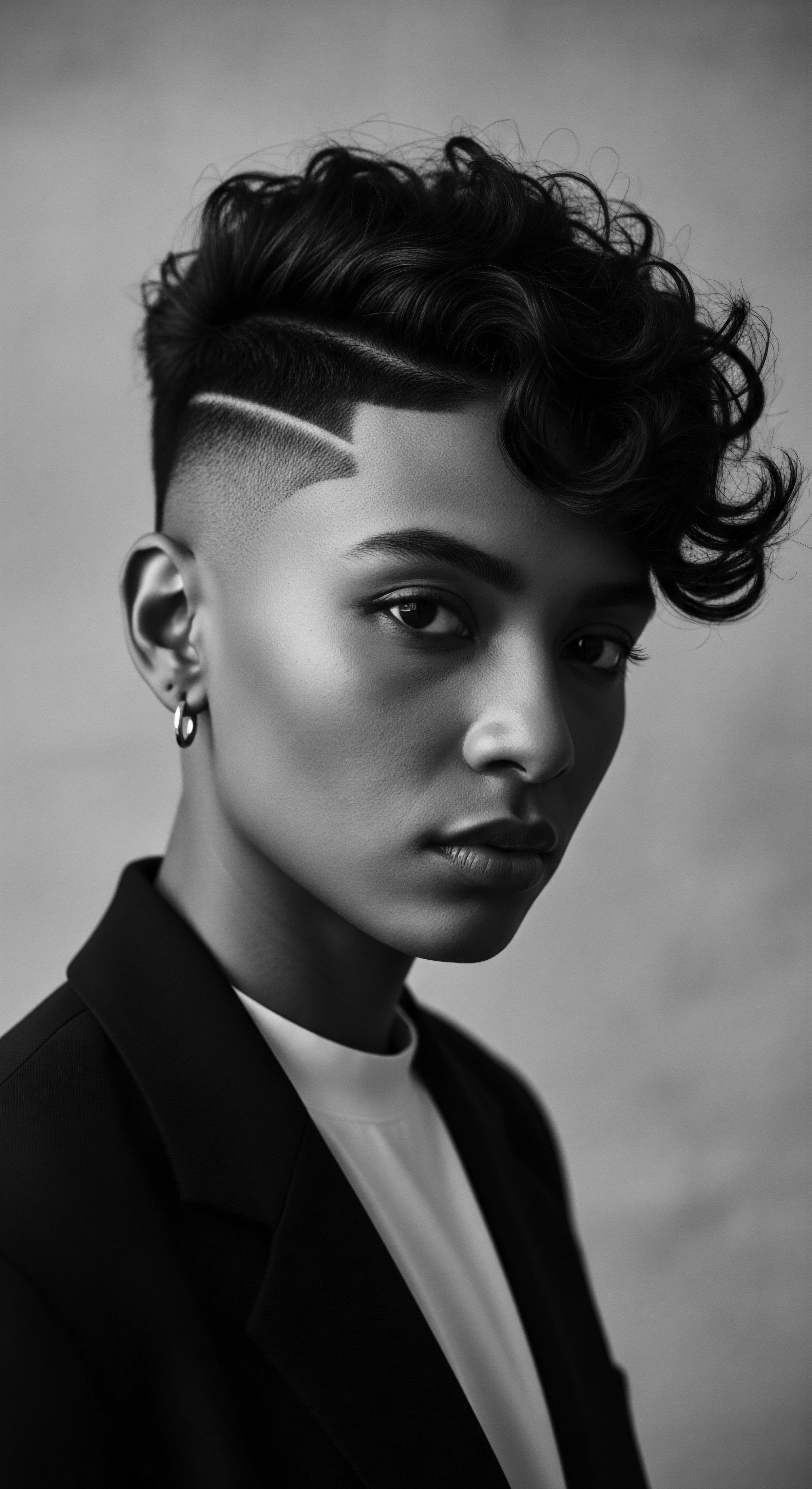
What historical African styling methods persist in textured hair?
Historical African styling methods persist in textured hair, signifying deep ancestral connections, cultural identity, and enduring resilience.
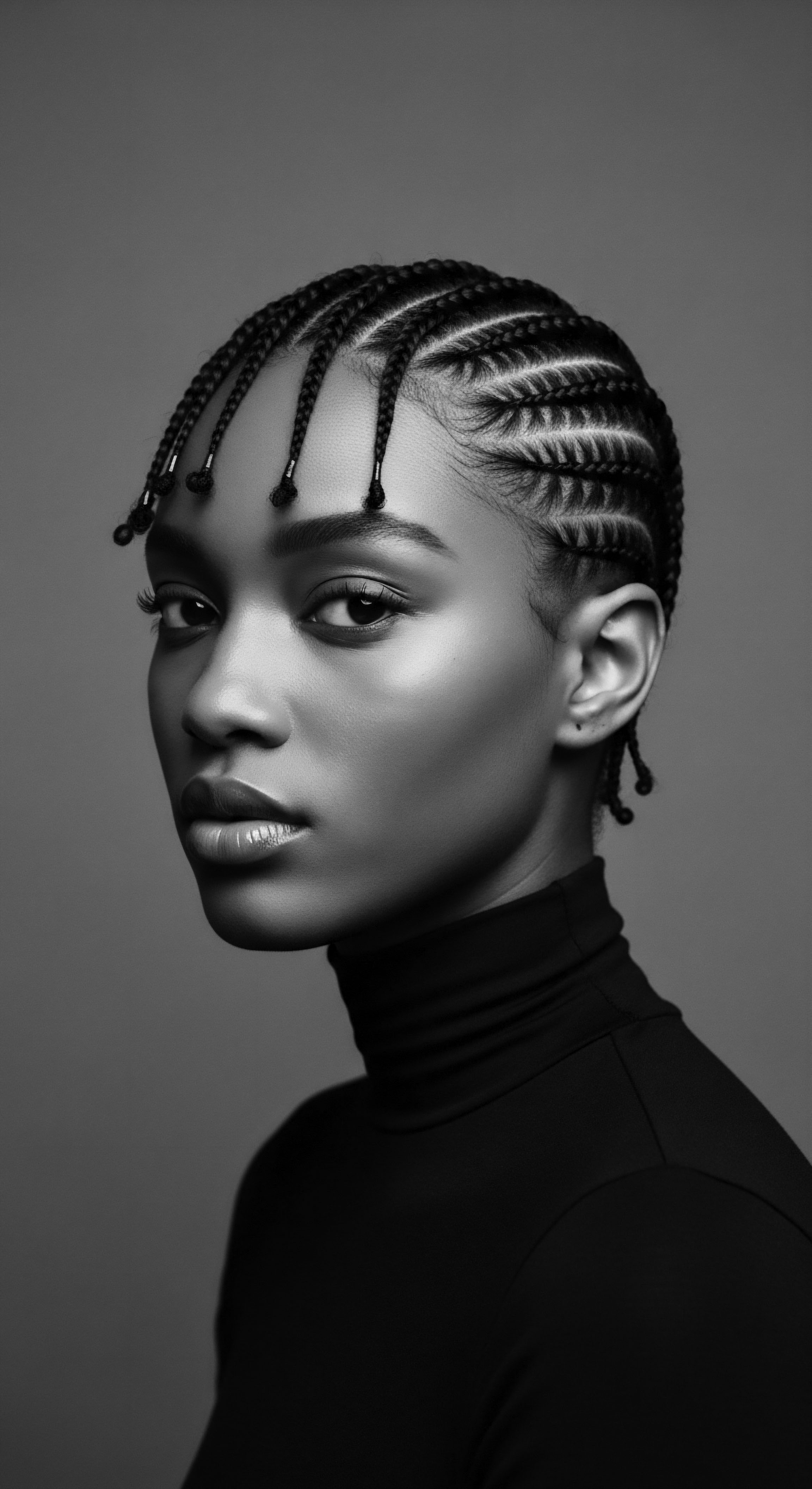
What historical meaning do braids carry for textured hair?
Braids for textured hair carry profound heritage, serving as ancient symbols of identity, status, communication, and resilience across generations.

How did protective styling evolve as a cultural act of resistance and heritage?
Protective styling evolved as a powerful act of resistance and heritage, safeguarding textured hair while asserting identity across generations.
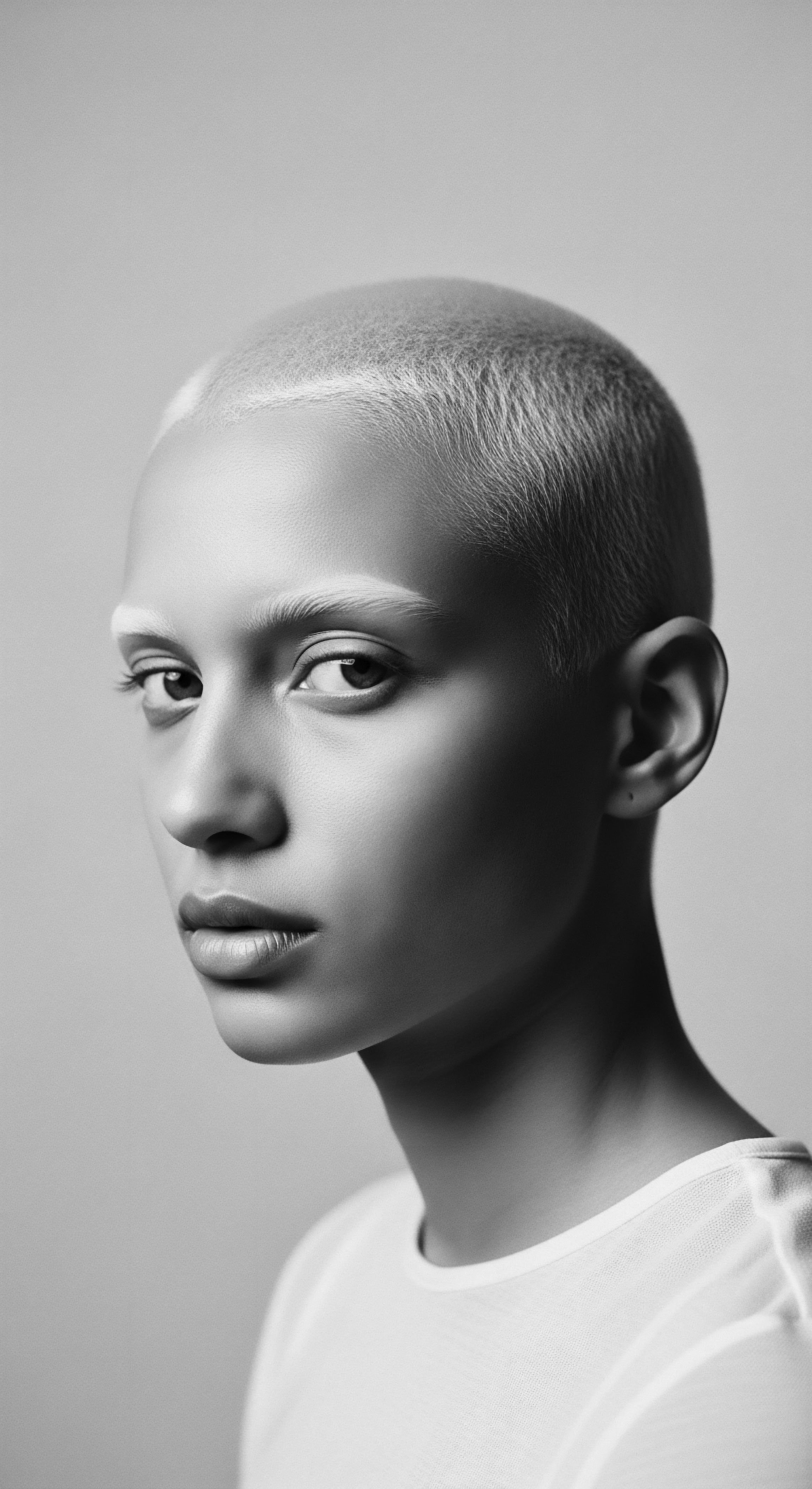
What enduring cultural practices reflect the heritage of Black hair despite historical laws?
Enduring cultural practices reflect the heritage of Black hair by transforming oppressive laws into powerful declarations of identity and self-care.
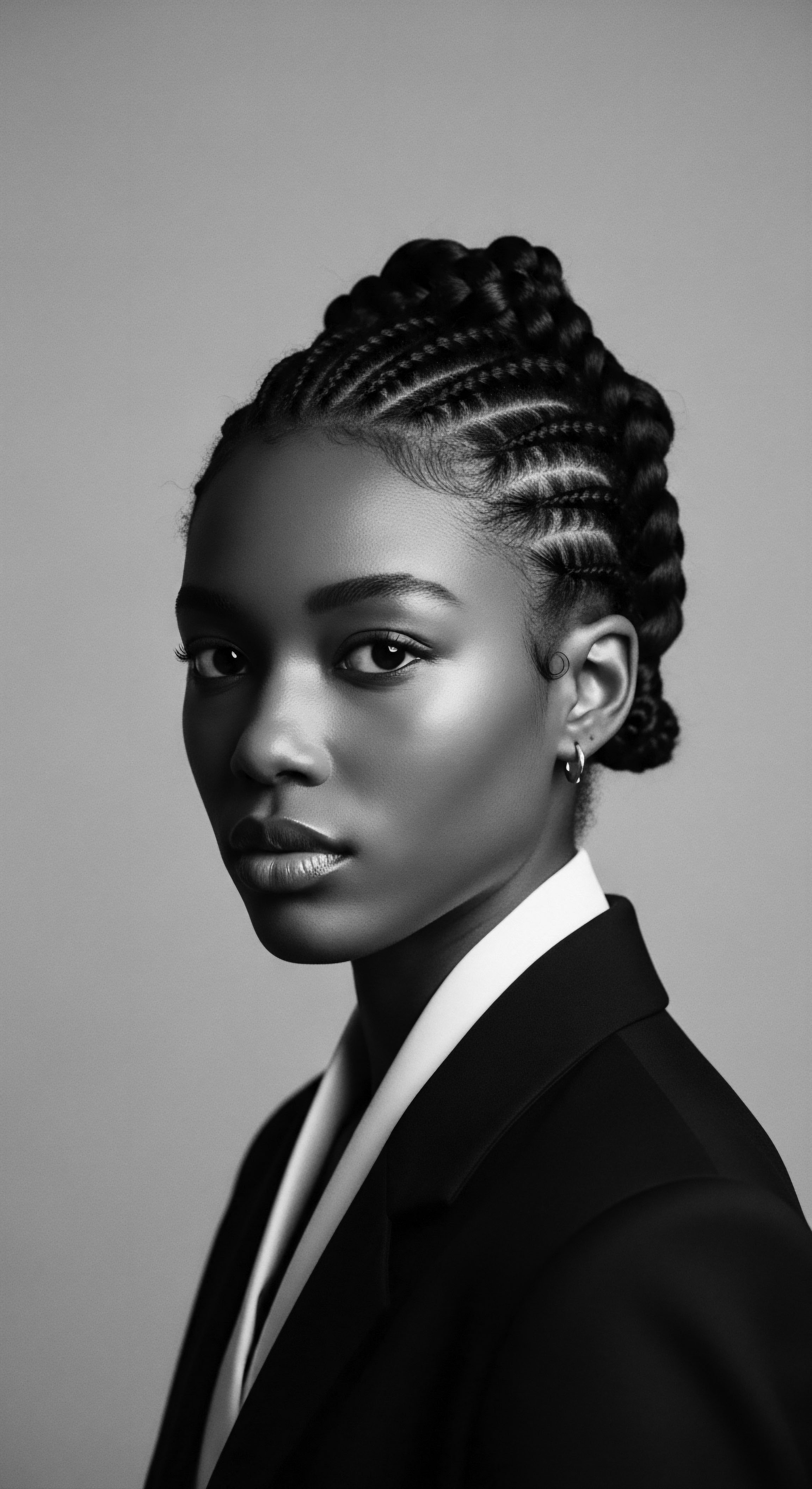
Cornrow Cultural Values
Meaning ❉ Cornrow Cultural Values encompass the profound historical, social, and spiritual meanings woven into the traditional braiding of textured hair.
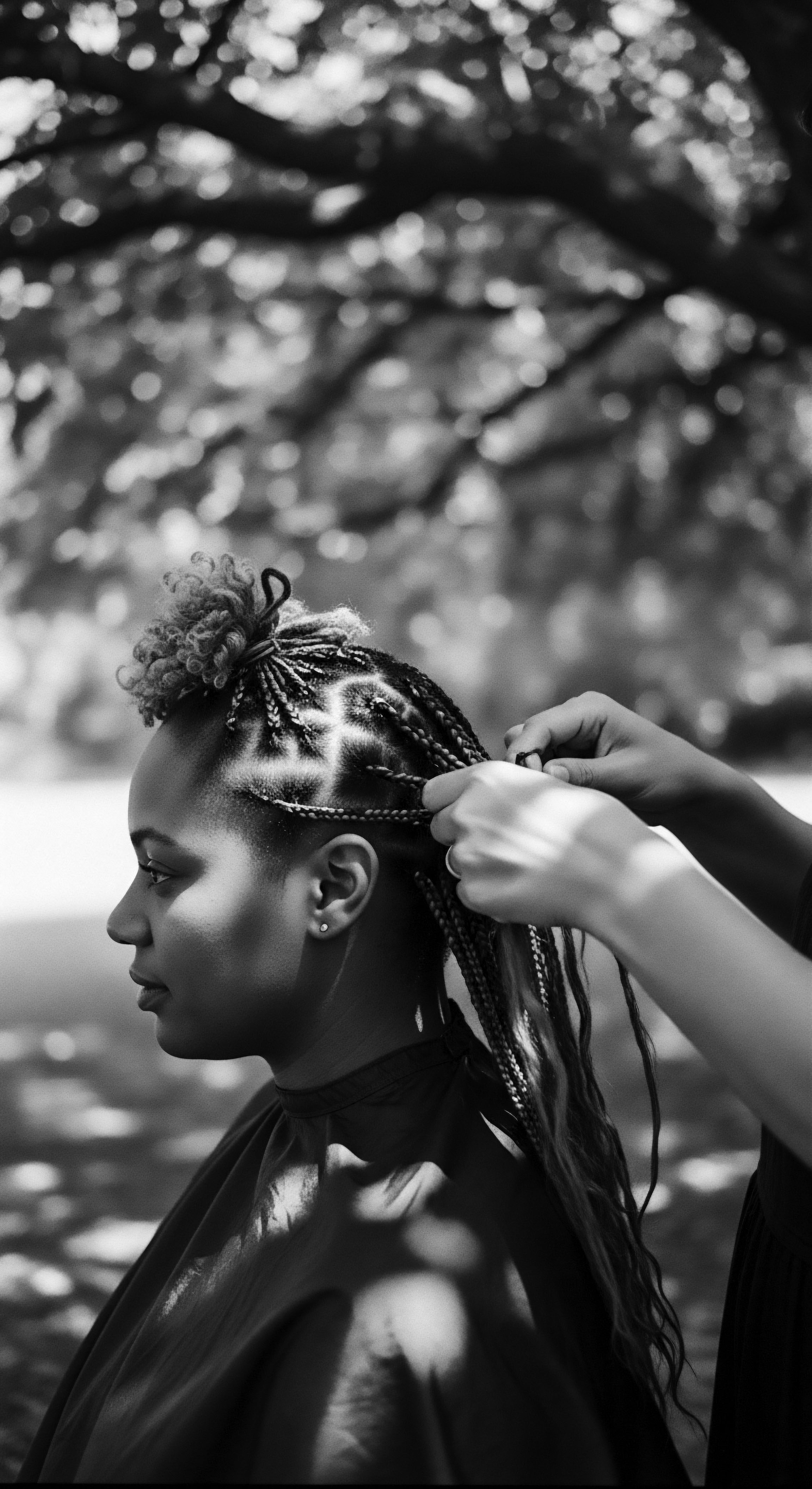
What historical meaning do cornrows possess for textured hair?
Cornrows are an ancient African hairstyle with deep heritage, serving as a protective style, a social language, and a symbol of resistance.

In what ways did textured hair serve as a medium of resistance during enslavement?
Textured hair became a vital, silent language of defiance and cultural retention during enslavement, safeguarding heritage and aiding escape.

How does hair connect people to their heritage?
Hair connects people to heritage through its physical structure, styling traditions, communal rituals, and its symbolic role in identity and resistance.

